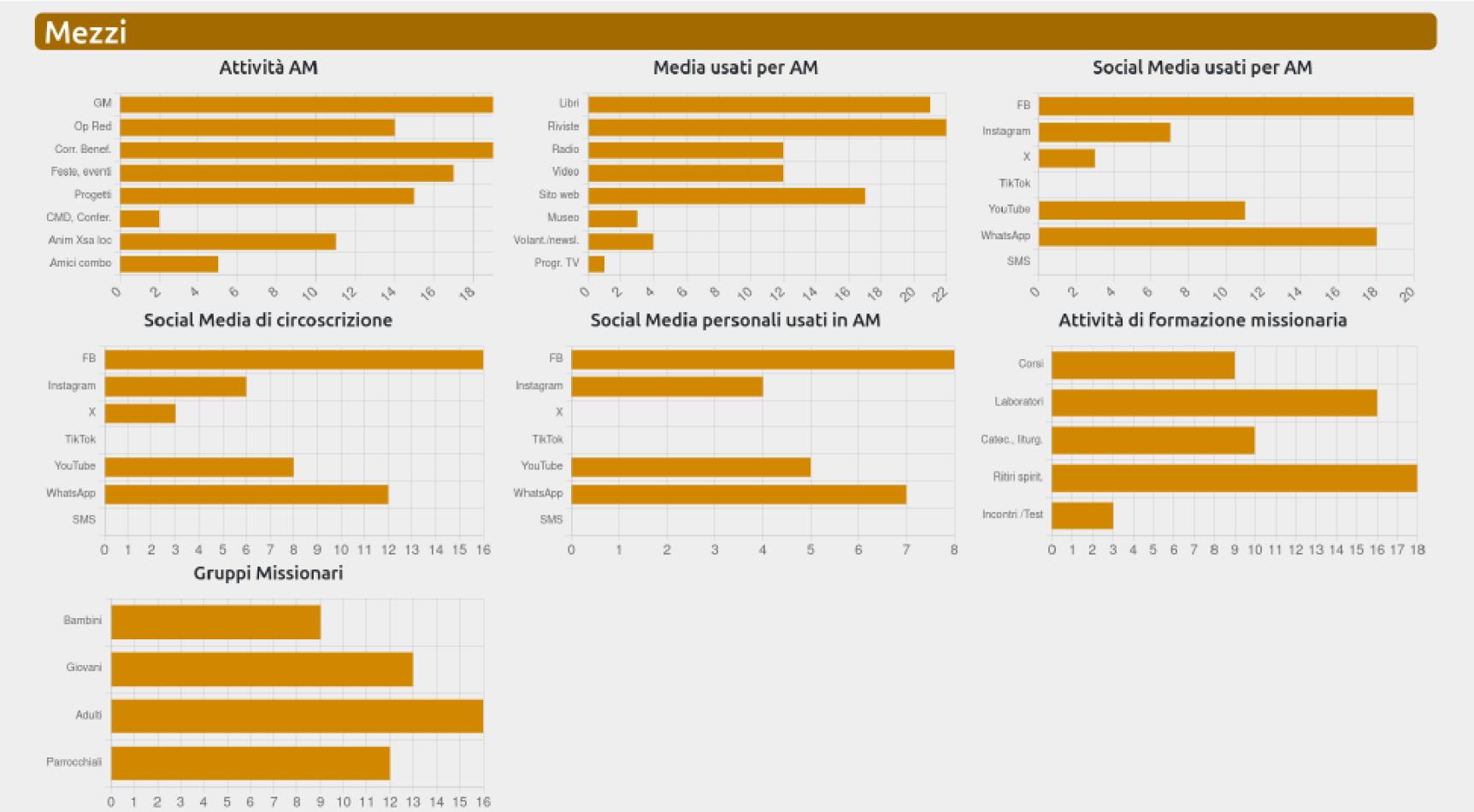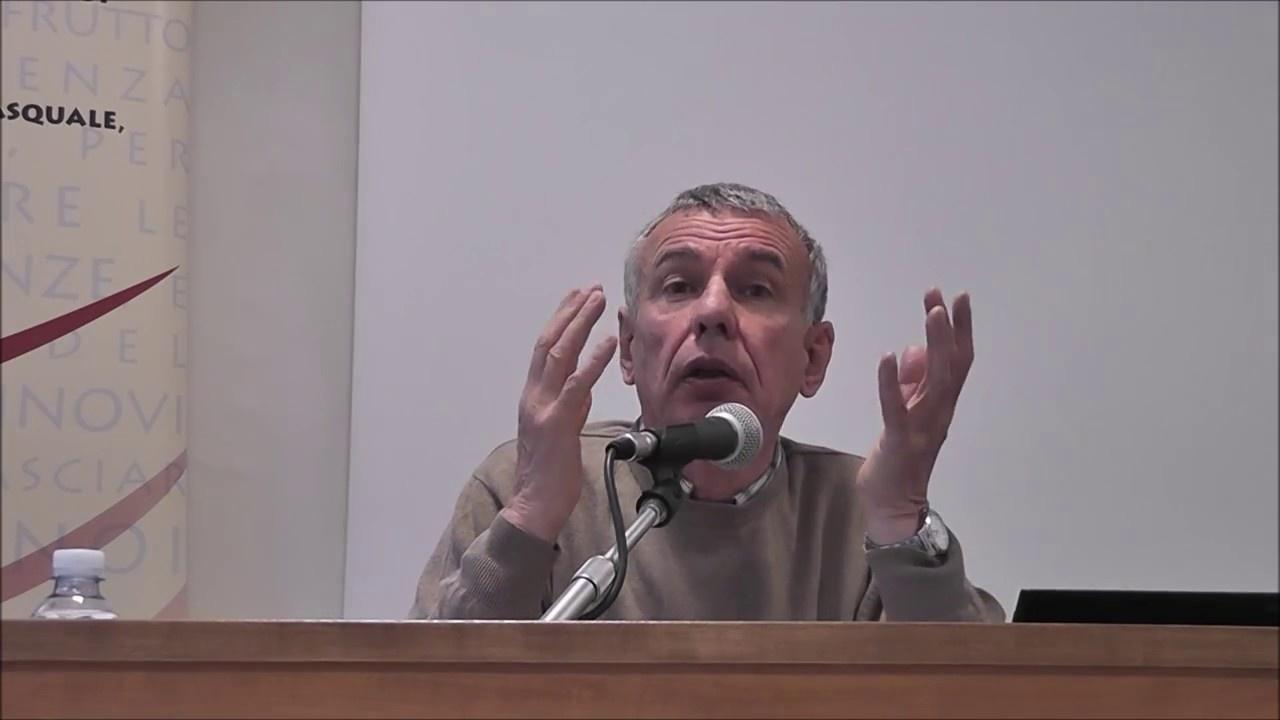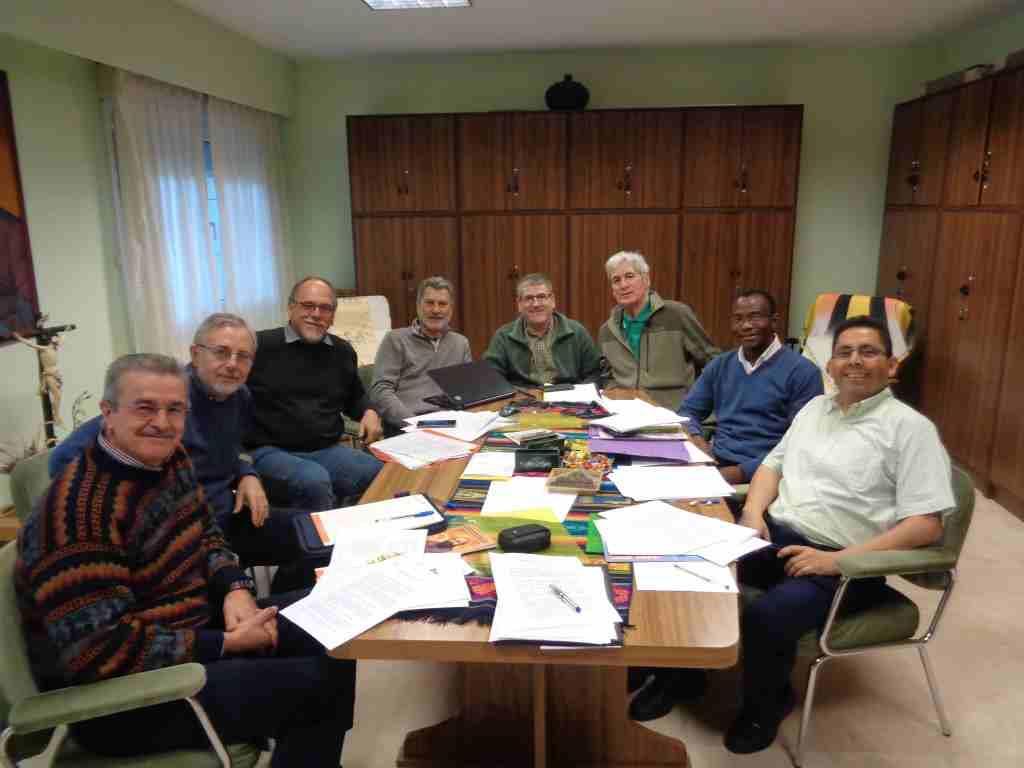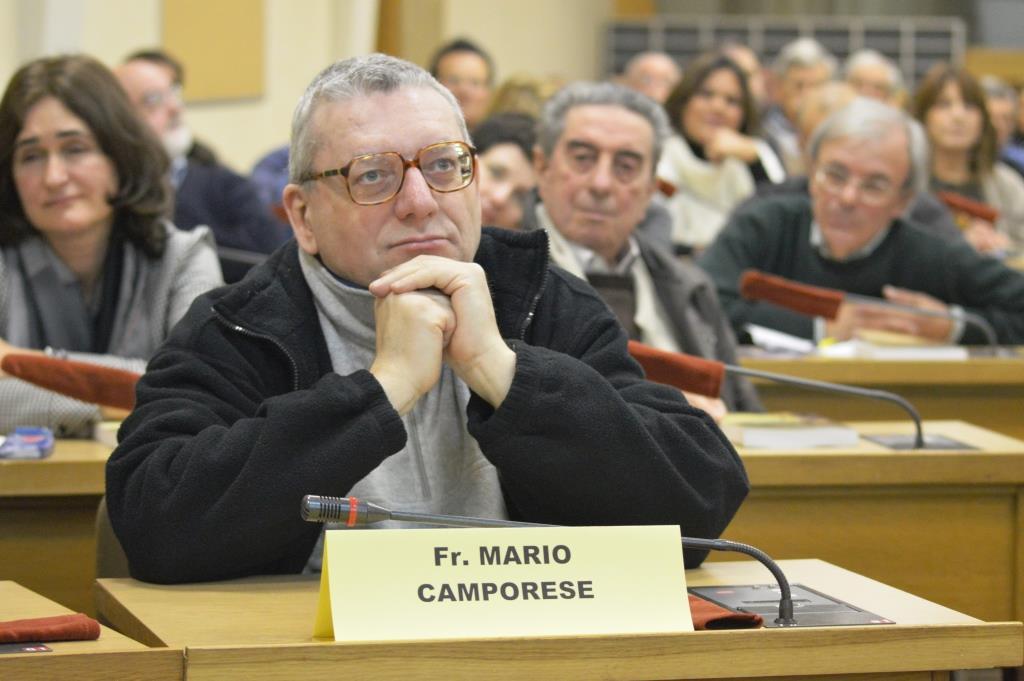Daniel Comboni
Comboni Missionaries
Institutional area
Other links
Newsletter
Friday, June 28, 2024
The mapping of missionary animation within the Institute is an initiative aimed at raising awareness of the current situation of this fundamental activity within the Institute, through sharing of experiences and reflections. As we well know, missionary animation is a crucial charismatic and strategic aspect of our missionary Institute. With a rapidly changing world, we recognize that the methods of missionary animation need to adapt as well. [Follow this link to view the slides]
On one hand, there are activities that were very effective in the past but no longer work in the new realities. On the other hand, new and very promising possibilities are emerging. Moreover, missionary animation needs to take contextual forms that respond to the socio-cultural and ecclesial situations and characteristics of different countries. Therefore, the General Secretariat of the Mission (SGM) has taken the initiative to facilitate the sharing of information on what is being done in the various circumscriptions. The data collected is not yet complete, so it is still a work in progress, but with responses received from 23 circumscriptions (out of 27, including Poland separately from the Curia), we already have a significant overall picture.
The survey focused on ten main aspects:
1. Types of Missionary Animation (MA) activities
2. Communication
3. Missionary formation of the Church
4. Collaboration with the local church and other Comboni circumscriptions
5. MA structures
6. Employed and trained personnel
7. Planning and evaluations
8. Significant results and experiences
9. Difficulties, challenges, and opportunities
10. How to improve MA
The questionnaire used for the survey had a multiple-choice section with predefined options, allowing the addition of other options for the types of activities, communication, missionary formation, and collaborations. The questionnaire also allowed for other options not included in the multiple-choice responses. For the rest, it was structured with open-ended responses, from which categories describing the reality emerged through analysis.
General Overview
1. Types of Missionary Animation Activities
Regarding MA activities, it emerged that some activities are found in almost all circumscriptions: mission appeals, correspondence with benefactors, and awareness-raising, animation, and fundraising events. In two-thirds of the cases, we are committed to the Holy Redeemer Guild and propose various projects to support missionary activities. It seems we are making a strong effort to gather resources for the mission. There is also a variety of initiatives in terms of local church animation in about half of the circumscriptions, ranging from the production and distribution of materials (flyers, booklets, newsletters, calendars, gadgets, magazine promotion) to missionary youth ministry, visits to schools, seminaries, communities, and groups, and the formation of Comboni Friends groups.
2. Communication
Mission magazines and books are communication means used in practically all circumscriptions for MA, with most circumscriptions also using a website. In more than half of them, radio and video programs are now used. Only in some cases do we have cultural structures such as ethnographic missionary museums or open-air cultural installations (e.g., Laudato Si’ Park), or the production of newsletters, flyers, posters, and calendars. Among social networks used in MA, Facebook and WhatsApp stand out, used in 87% and 78% of cases, respectively. YouTube and Instagram follow (48% and 35%). In most cases, there are official social channels of the circumscriptions, but personal channels are also used.
3. Missionary Formation Activities
In about three out of four cases, missionary formation activities include workshops and spiritual retreats, and in almost one out of two, courses, catechesis, and liturgies are offered. In some circumscriptions, missionary conferences and testimonies are also used.
4. Collaboration with the Local Church and Other Comboni Circumscriptions
Collaboration of MA with local churches appears quite structured. Firstly, there is collaboration with the Pontifical Mission Societies (83%), the formation and animation of parish missionary groups (74%), and activities with missionary childhood (56%). In about half of the circumscriptions, there are collaborations with diocesan missionary centres and missionary animation and formation activities in seminaries. Collaboration between Comboni circumscriptions in relation to MA is not yet very developed overall. There are some experiences with magazines, through contact with radical members working abroad, with some experiences of shared activities at the continental level, such as in Europe regarding missionary reflection (GERT). There are also exchanges of ideas and materials between circumscriptions for magazines or other activities, such as the formation of Comboni Friends groups between Kenya, South Sudan, and Uganda.
5. Missionary Animation Structures
Almost all circumscriptions have a Missionary Animation Centre. In two out of three cases, there is a provincial team dedicated to MA, although not always with full-time personnel. There is a media centre in about half of the circumscriptions, while missionary museums are not yet widespread in the Institute. Regarding the MA Charter—a programmatic document that provides provincial guidelines for this ministry—it exists in three out of four circumscriptions: it exists in 13 circumscriptions (57%), is under revision or development in 4 (17%), and is lacking in 6 of the circumscriptions that responded to the questionnaire (26%). However, it seems it is not always effectively implemented.
6. Personnel: Employed and Trained
Information on personnel is still incomplete. We still need to clarify how many full-time personnel are involved in MA and how many are part-time. Nonetheless, it is noted that European provinces employ the largest number of personnel in MA, often averaging over one missionary animator per community. This is followed by America-Asia, with an average of about one animator for every two communities; and Africa, with an average of about one animator for every three communities. Very few specializations have been carried out for MA, mainly in Italy (12), Mexico (6), and Spain (2). Another 6 circumscriptions have specialized one missionary for this service. The greatest need for specialization is in communication and digital media (70%), followed by missiology and youth ministry (26%), and journalism (22%). Other needs include marketing, social ministry of the church, and socio-cultural analysis. There is a noticeable gap in the offer of MA preparation courses, with a few exceptions in Italy (CUM), Spain (intercongregational course), and Colombia (Pontifical Missionary Societies course).
7. Planning and Evaluations
For MA planning, different approaches are seen across circumscriptions. However, three paradigmatic situations seem to emerge:
1. A systematic approach at the provincial level, which is then implemented at the community level (56%).
2. A routine approach, with recurring activities at the community or team level (35%).
3. A more occasional approach, seizing opportunities as they arise (10%).
For MA activity evaluations, two main approaches are noted:
1. An integrated approach, starting from a bottom-up evaluation of activities, reaching the Secretariat, and finally the Provincial Assembly and Council (56%).
2. An approach focusing on the local and MA team level (26%).
Additionally, some circumscriptions have a monitoring system between planning and evaluation.
8. Most Important Results
It is interesting to note the great variety of significant results reported by various circumscriptions. The most recurrent results are vocations and economic support (both 39%), followed by achieving significant presence in the local Church concerning MA (local events, diocesan missionary centers, national structures, collaborations, and missionary group animation – 22%); local church’s missionary awareness (21.7%); in some cases, a resumption of activities after the COVID-19 pandemic; and notable growth in social networks and the digital world, and a significant presence in civil society (schools and youth, national events).
9. Difficulties, Challenges, and Opportunities
This was the most reflective part of the questionnaire, organized with open-ended questions to allow for broad expression and contextualization. Regarding difficulties encountered in MA, four critical areas emerged from the responses, depending on the contexts:
1. Ecclesial difficulties: These range from experienced closure and lack of interest in the mission from the local church to difficulty integrating into parishes and Christian community programs with MA activities; and the problem of potentially giving continuity to follow-up with encountered communities.
2. Social difficulties: In some cases, the issues are distances, languages, and cultures that vary from region to region; or situations of insecurity and political instability. Socially, in some contexts, the difficulty is reaching young people, while in others, the church is a small minority.
3. Technological difficulties, for example, due to the digital transition taking root worldwide.
4. Internal difficulties: These refer to Comboni personnel, which may be insufficient, unprepared for the MA service, or demotivated (disinterested) in providing this service, or also having to deal with the aging of the circumscription or too rapid rotation. It is challenging to form MA teams with full-time personnel. Sometimes, the difficulty can be the lack of a clear contextual vision of MA in the circumscription.
In a changing world, there are transformations that represent challenges for MA. Again, criticalities emerge in four main areas:
1. Ecclesial transformations: Depending on the contexts, these transformations can be very different, even opposite. For example, in some circumscriptions, there is a growth of the local church, giving a positive boost to MA possibilities, while in others, situations like the church’s self-referentiality, closing in on itself, or scandals that outrage the population, may arise. One consequence of this state of affairs, along with profound socio-cultural changes, is the distancing of young people from the church and the lack of generational turnover in Christian communities.
2. Social realm transformations: In many circumscriptions, rapid socio-cultural change is reported, with positive but also negative factors. For example, the digital revolution represents an excellent opportunity for MA, but it requires appropriate preparations. Then, in various circumscriptions, significant changes in civil society are being felt, driven by migration, economic difficulties, insecurity, or political instability. These processes can make people more inward-looking and focus on self-defense, sometimes making them more suspicious. In some cases, poverty and the economic situation make it difficult for the local church to get involved in MA.
3. Ecological issues: This area is closely linked to the above. The rapid increase in awareness of ecological and human justice issues opens up vast areas of opportunity and interest in MA activities. However, in some cases, there is a perception that missionary issues are less appealing than those of climate change.
4. Internal to the Comboni context: The difficulty of having sufficient, properly prepared personnel dedicated full-time to MA. The need to renew perspectives, priorities, and methods, along with the risk of getting stuck in now ineffective approaches. As well as the necessity of having sufficient economic means, even though these may be available to the circumscription, but already committed to other initiatives.
10. How to improve missionary animation
From the answers to the questionnaire, 4 ways emerge about how to improve MA:
1. Invest in personnel: in this area, it is suggested to assign full-time personnel, prepare them for this service, and promote the involvement of every Comboni missionary in this ministry, for example by promoting our magazines.
2. Reorganize the MA service: collaboration and synergy at all levels must be at the centre; facilitate coordination between MA teams and Comboni communities, follow up and give continuity to MA initiatives. MA centres sometimes need to be revamped and this also requires reorganization. However, there are no general recipes, but it is important to discern in each province’s situation what is important to do. For instance, there are those who realize they do not have a clear vision of MA and others who realize that there may also be traditional activities – such as the Holy Redeemer Guild – that have not yet been implemented, even though they could be an interesting opportunity.
3. Develop the use of digital media and social communication: certainly this is a path that must be followed if we want to keep up with the times, but it is a challenge that requires technical and professional competence.
4. Finally, the possibility of realizing a new provincial mission training project aimed at young people and parish groups is also suggested, based on the new languages and social realities emerging from the ongoing social transformations.
Acknowledgments
The General Secretariat of the Mission (SGM) would like to thank all circumscriptions that participated in this survey and contributed valuable insights to this mapping of missionary animation.




